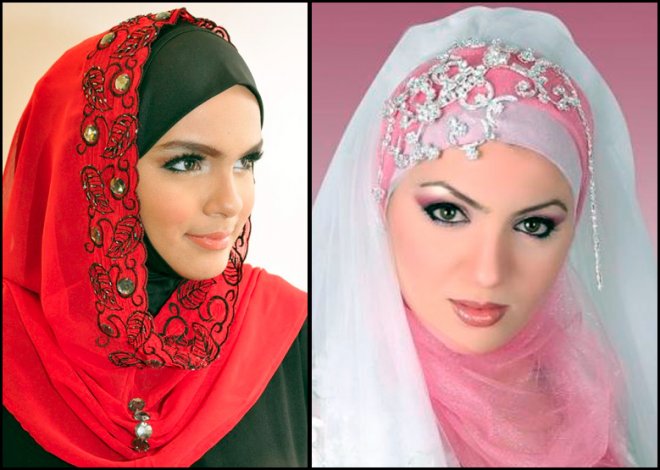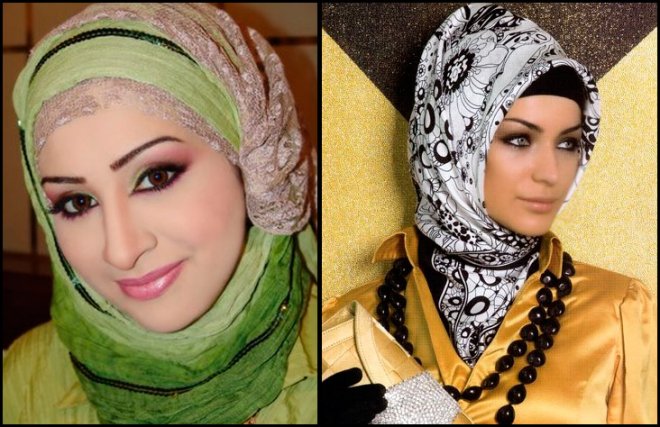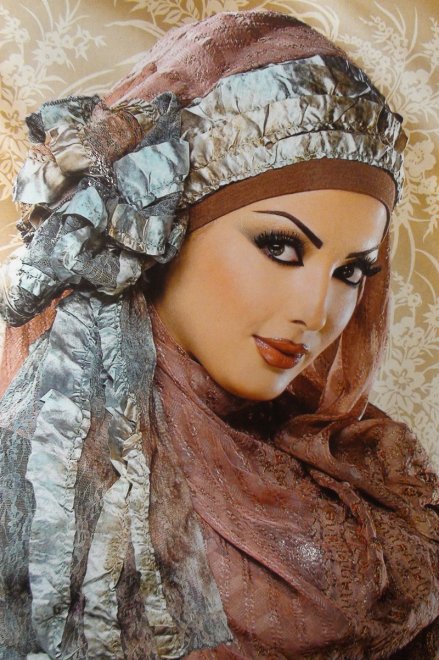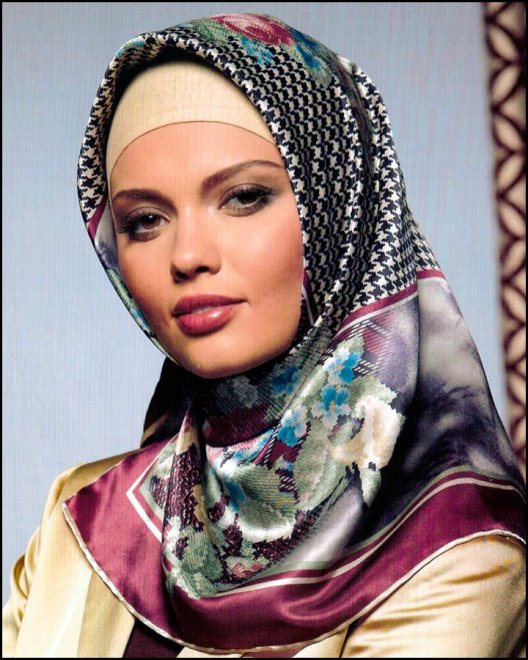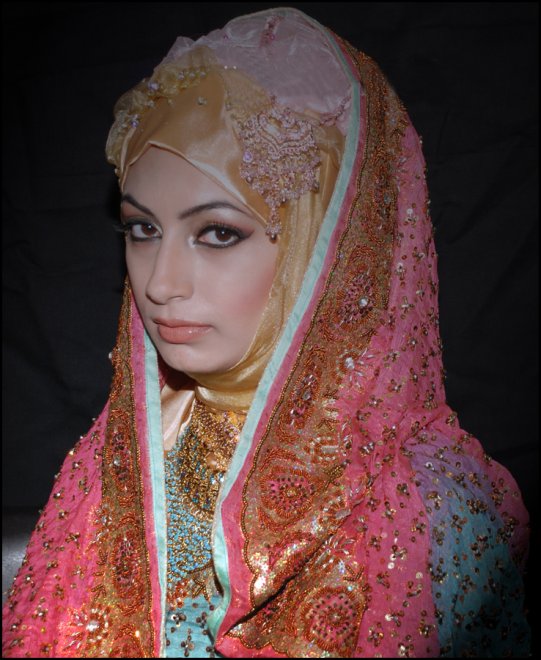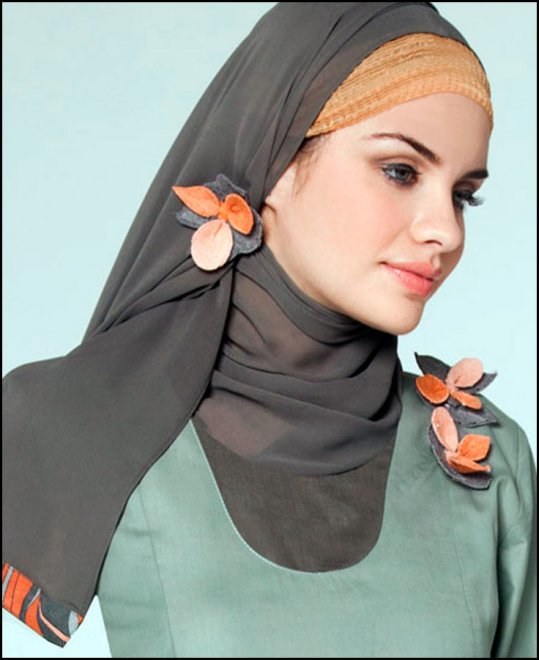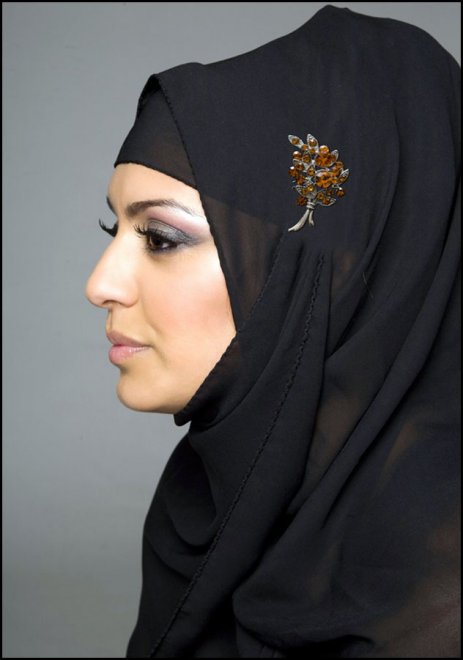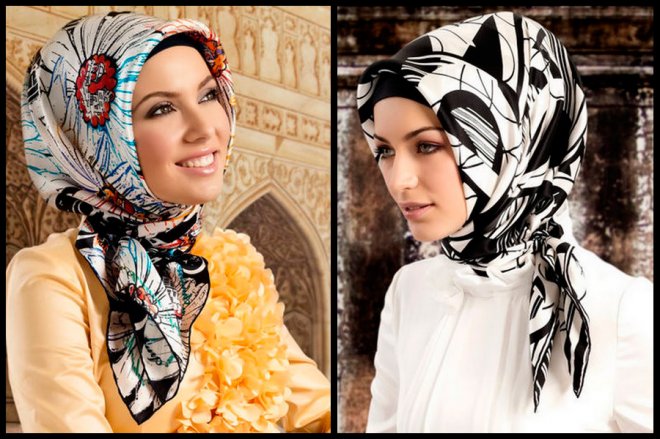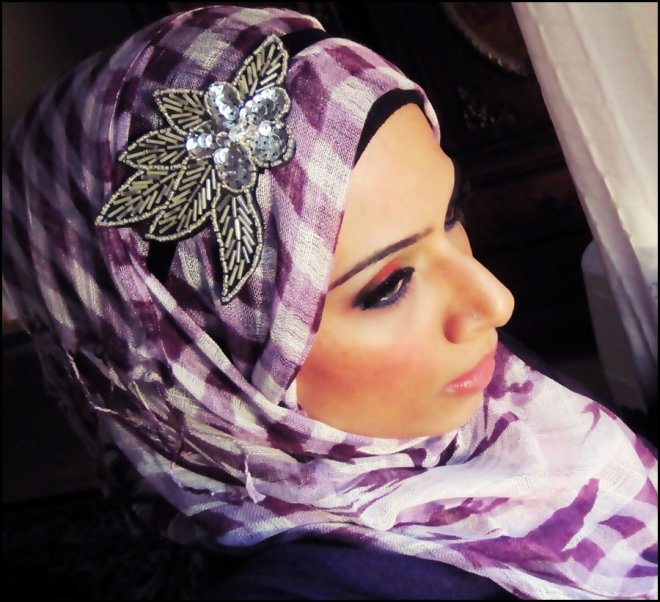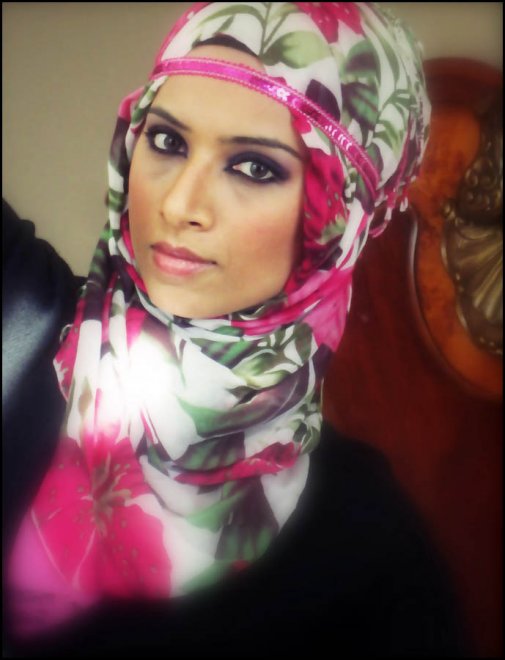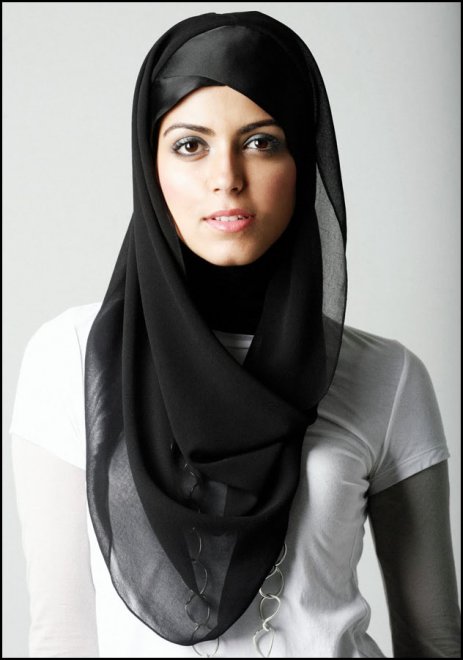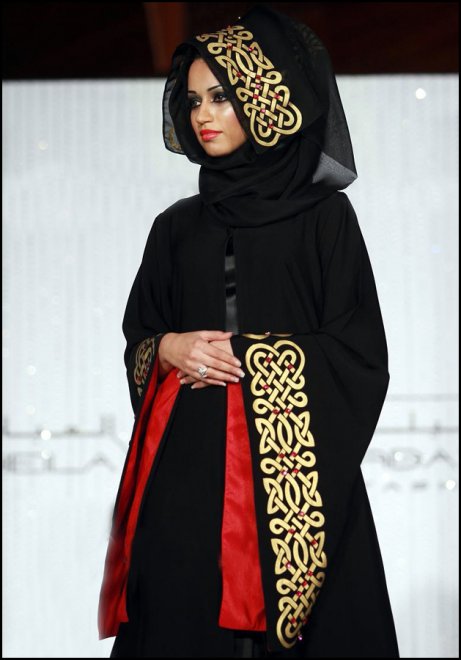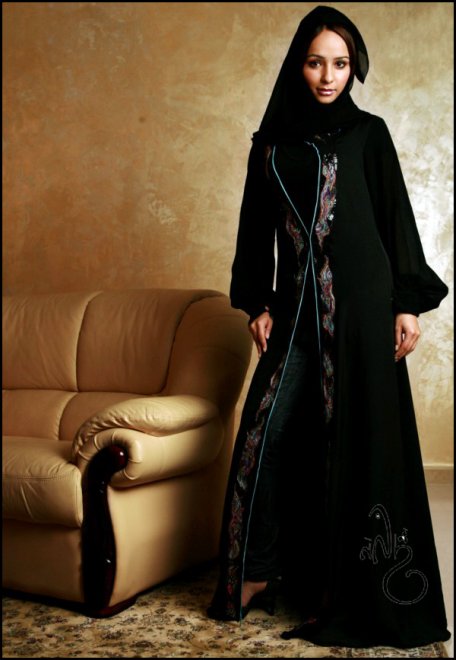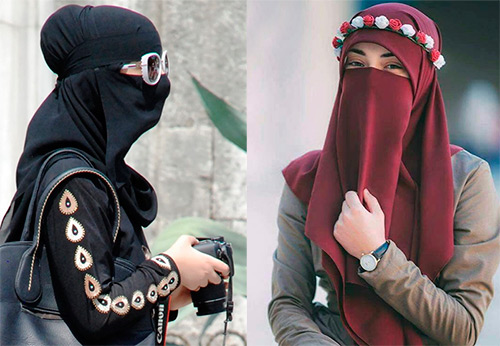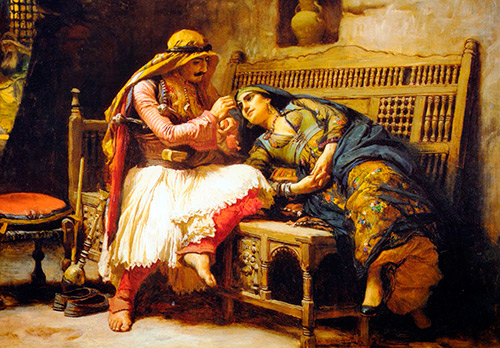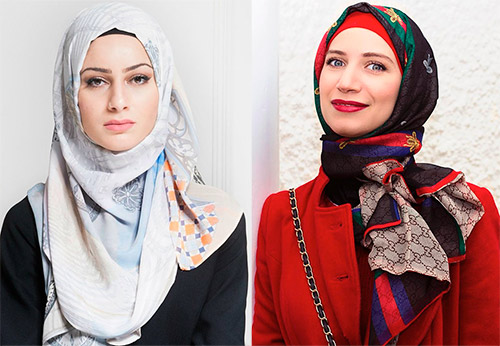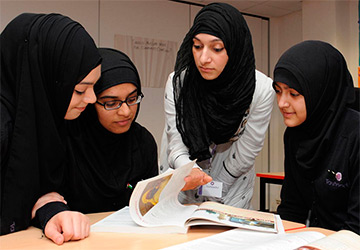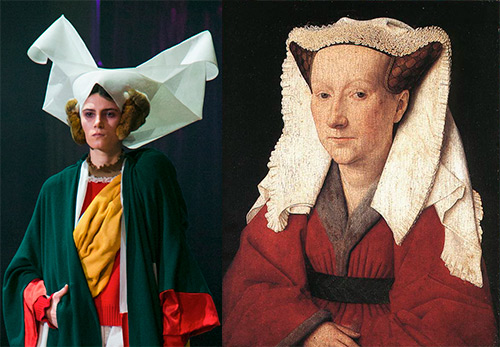Fashion women clothes
Oriental girls and hijab
We live in a world that is rapidly changing, but countries still remain on the map, in which religious precepts and traditions are respected. In some countries, even today oriental girls are required to wear a hijab. Let's look at the history of Islam and pay attention to these girls, what do they - oriental girls think about this and how do they perceive the obligation to wear a hijab?
Burqa? (sometimes called a chador) - women's outerwear in Muslim countries. Looks like a robe with long fake sleeves and a hair mesh that covers the face. The grid is called chachwan.
The history of the burqa.
Originally in Persia, this type of clothing was called faraj. It was a wide, long-sleeved outerwear. In the 16th century, both men and women wore such clothes - a robe. The classic burqa is not a burka or a veil. By the way, you can see a real classic burqa in the Soviet film "The White Sun of the Desert". This film has been shown on television many times, and very many of us like it: interesting actors, wonderful production, script, and the sun, really scorching, white ...
Veil
Translated from Persian - tent. This is already a light female bedspread, usually white, blue or black. It also completely covers the woman's figure from head to toe. The face is covered with a muslin cloth, which also covers the head.
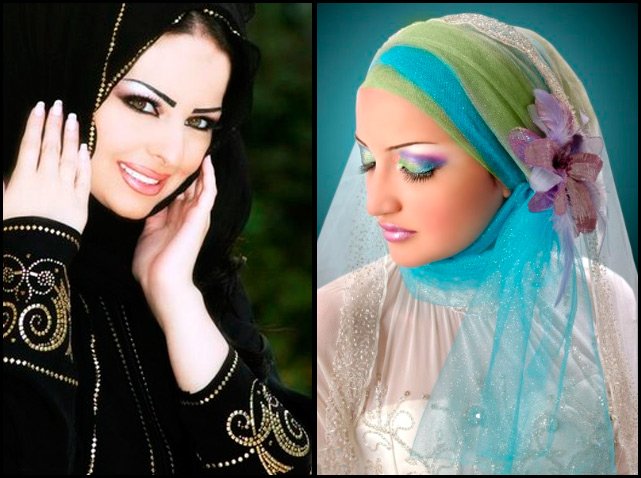
Hijab
Hijab (translated from Arabic - veil). This is the name of any clothing in the form of a veil that envelops the figure of a woman from head to toe. But in Europe, hijab is usually understood as an Islamic female headscarf... Every woman professing Islam is obliged to wear a hijab - this is one of the main provisions of Sharia.
What should be a hijab?
These clothes should be long, in no case tight, i.e. it should completely hide and not highlight the shape of the body.
According to the Qur'an, a woman should not show her beauty, her body, except for her husband, as well as numerous male relatives: “... Let them not show off their beauties, except for those that are visible, and let them cover the cutout on the chest with their veils and do not show of their beauty to anyone except their husbands, or their fathers, or their mother-in-law, or their sons, or the sons of their husbands, or their brothers, or the sons of their brothers, or the sons of their sisters, or their women, or the slaves who were possessed by their hands , or servants from among men, deprived of lust, or children, who did not comprehend the nakedness of women; and let them not knock with their feet, letting them know about the jewelry they hide ... "
How do oriental girls perceive hijab?
A woman who professes Islam accepts the hijab with a calm soul, she understands that this is not a whim of men, but her religion, which is her position in life.
Yes, Islam requires that female beauty was hidden from prying eyes. In Russia, women have never taken refuge in this way. For an unmarried girl, it was possible to be bareheaded, which cannot be said for a married one. This is where the saying goes: "go nuts", that is. a married woman could not open her hair, on the contrary, she had to carefully hide it. Especially in the Middle Ages in Russia, young women, and even more so girls, were protected from outside male gaze - all feasts, all meetings were held without the participation of women. And only under the Great Emperor Peter I, these laws were changed, as well as clothes for women, which began to open many parts of the body in order to delight the eyes of men.
But both in us and in Islam, the basis of family happiness has always been spiritual values. External beauty gradually withers over the years, no matter how we struggle, and spiritual wealth brings happiness for all years.
Weddings need beauty, and love needs everyday.
The wife is a rose at home.
Not that beauty that is beautiful, but that beauty that is loved.
Uzbek proverbs
Hijab in different countries.
Hijab is now mandatory in countries such as Saudi Arabia and Afghanistan.
In Sudan, the criminal code says that the wearing of obscene clothing is punished, but what “obscene clothing” means is not defined.
And in countries such as Turkey, Tunisia and Tajikistan, a ban has been introduced on wearing the hijab in government agencies, as well as in educational institutions. Agree that these clothes are really not comfortable, especially in government offices.
France went even further. A law has been passed here prohibiting clothing that displays religious affiliation. Basically, this prohibition applies to educational institutions where some part of foreign students is really possible. And rightly so, why aggravate the situation and show only externally what your religion is. The main thing is in the soul. This law was adopted in September 2004.
In addition - oriental girls in all their glory.
Oriental girls and hijab for mystyle.decorexpro.com/en/ Magazine
Oriental girls and hijab
[media = https: //www.youtube.com/watch? v = ZaSRhMHKZME]
Oriental girls and their relationship to hijab.
Comments and Reviews
Add a comment
Rating news
Shades of clothing that make women look younger
What shades of hair make women younger: rules and photos
Funny wedding dresses - photos and ideas
12 most expensive down jackets for the winter
How to look 25 at 40: tips from supermodels
Beautiful schoolgirls
Anti-aging haircuts and hairstyles for women
Fashionable skirts for autumn and winter
Fashionable women's trousers for the cold season
Fashionable and stylish sandals for summer 2024
Spring-summer 2024
 Fashionable dresses and tops with thin spaghetti straps
Fashionable dresses and tops with thin spaghetti straps
 Bandana tops: how to wear stylishly and beautifully
Bandana tops: how to wear stylishly and beautifully
 How to put together the perfect men's wardrobe for the summer
How to put together the perfect men's wardrobe for the summer
 Fashionable shorts for spring-summer 2024
Fashionable shorts for spring-summer 2024
 Fashionable skirts for spring-summer 2024: a guide to online shopping
Fashionable skirts for spring-summer 2024: a guide to online shopping
 The most fashionable dresses spring-summer 2024: styles and colors
The most fashionable dresses spring-summer 2024: styles and colors
 Fashionable total look 2024: image ideas and trends
Fashionable total look 2024: image ideas and trends
